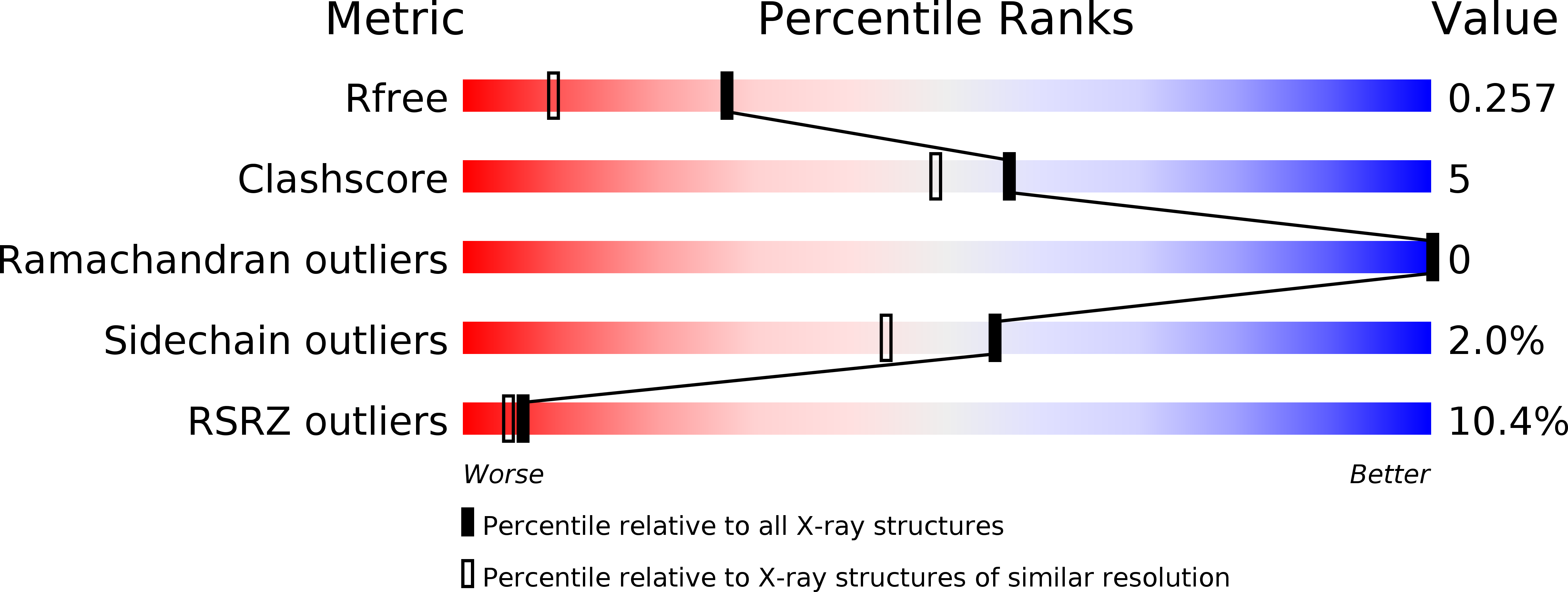
Deposition Date
2013-05-14
Release Date
2013-10-16
Last Version Date
2024-11-20
Entry Detail
PDB ID:
3WBD
Keywords:
Title:
Crystal structure of anti-polysialic acid antibody single chain Fv fragment (mAb735) complexed with octasialic acid
Biological Source:
Source Organism:
Mus musculus (Taxon ID: 10090)
Host Organism:
Method Details:
Experimental Method:
Resolution:
1.80 Å
R-Value Free:
0.25
R-Value Work:
0.23
R-Value Observed:
0.23
Space Group:
P 64


